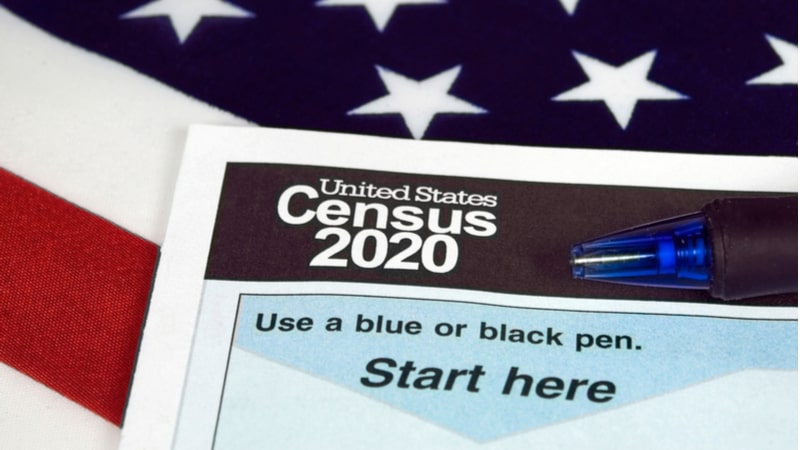
Amid the COVID-19 pandemic, the U.S. Census Bureau successfully ramped up its use of automation, internet-driven outreach, and other emerging technology tools to conduct the decennial census, according to the Government Accountability Office (GAO).
The Census Bureau’s modified outreach strategy helped the agency improve productivity and increase online and overall response rates among Americans, GAO said. About 63 percent of Americans self-responded to the Census Bureau, and about 50 percent of households used the internet to do so. The Census Bureau also developed automated tools that managed follow-up processes with nonresponding households, leading to efficiency increases.
The Census Bureau also was able to slow the trend in increasingly costly decennials. The 2020 census cost roughly $14.2 billion, including $1.1 billion spent responding to the COVID-19 pandemic. The 2020 census cost $96 per household, compared to $92 in 2010, $80 in 2000, and $45 in 1990. The Census Bureau reined in cost by reengineering specific processes, including how it compiles its address list.
But despite these improvements, GAO reported that the Census Bureau didn’t adequately track how much money it spent through its innovation efforts. GAO reported that the Census Bureau would be better prepared for future endeavors by monitoring that data, especially for the 2030 census.
The GAO also recommended that the agency begin to research and test the effects of those innovations on data processing timelines, and identify and report on additional measures on the effectiveness of the agency’s optimization.
